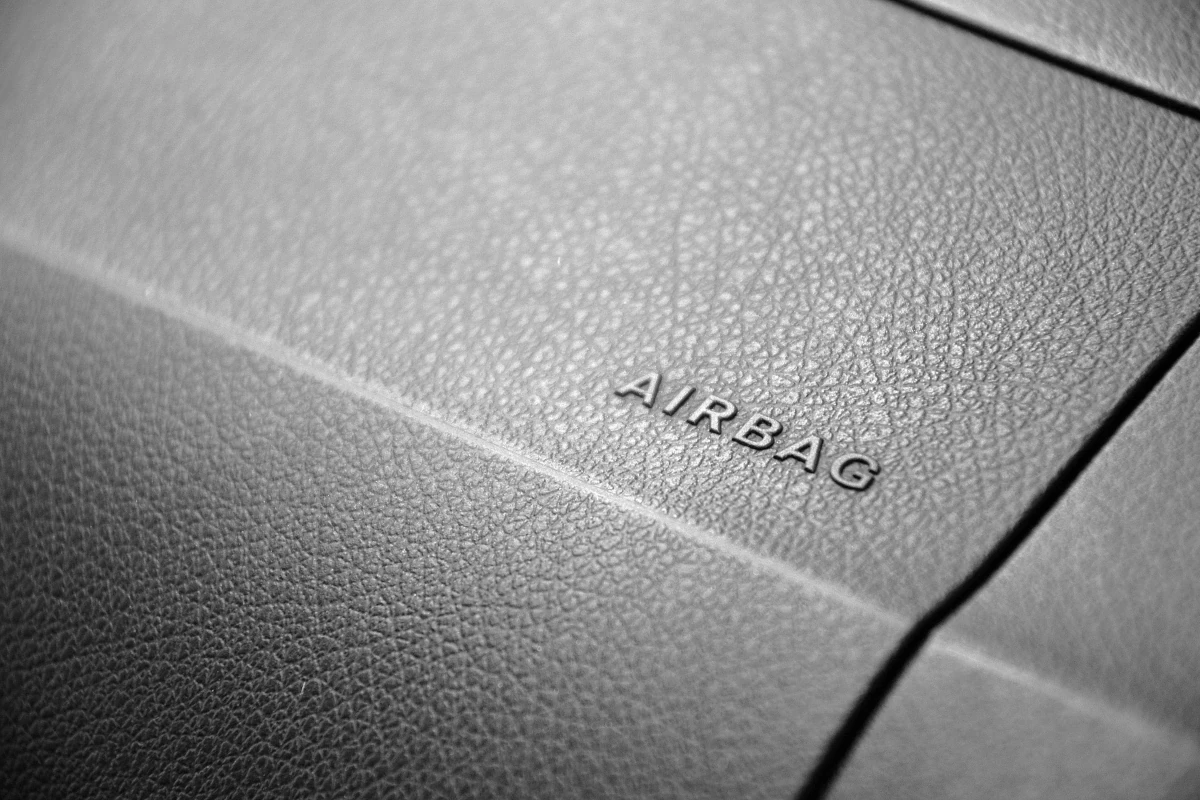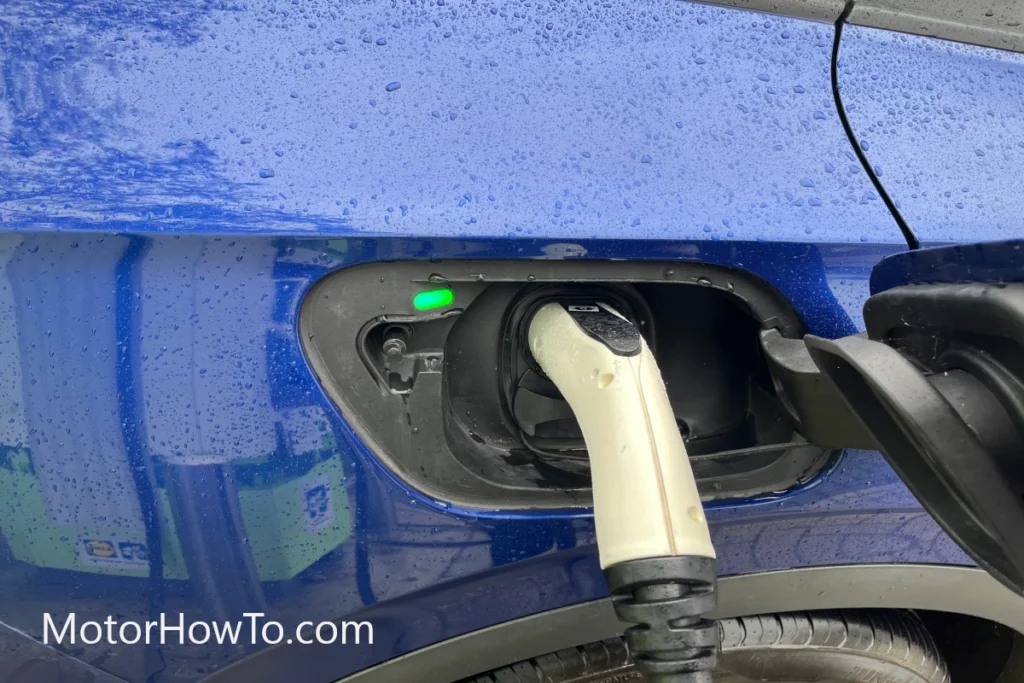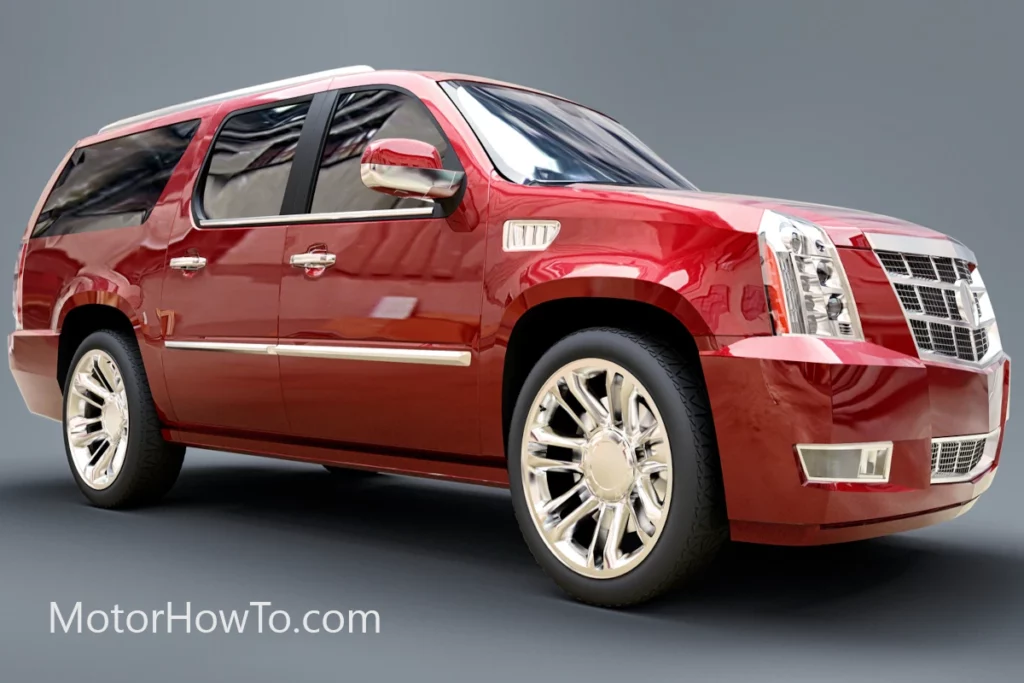Car airbags deploy when an electronic signal is sent to the airbag system.
This usually occurs when there is a crash or collision with the car. The Electronic Control Unit (ECU) analyzes multiple sensors and decides which airbag to deploy.
However, one might wonder, can airbags deploy on a parked car?
Is it possible to deploy airbags on a parked car?
Airbags can only deploy on a parked car when the ignition is turned on but won’t deploy when it is completely off for up to 1 hour.

In this article, we will explain when can airbags deploy on a parked car and how fast you need to go for the airbag to go off.
We will also cover other important aspects you might need to know about airbags.
Related:
- Will My Airbag Deploy If The Light Is On? (Read First)
- Why Are Airbags So Expensive? (Guide)
- Airbag Deployment Lower The Value Of Your Car? (Explained)
Can airbags deploy on a parked car?
A parked car is either in the ignition and turned on or off. An airbag won’t deploy when it is off, but it can deploy when the car engine is idling.
An airbag is also most likely to deploy within a few minutes after you last turned it off. This happens because some power is left in its circuit, which can activate the airbag after minutes to an hour.
This is why car repairers disconnect power to the airbag and then wait for about an hour before working on the steering wheel.
However, in many cases, airbags won’t deploy when there is no one in the car or when its occupants are light weighted. This is because the vehicle does not detect anyone to protect.
Can airbags go off without power?
The Airbag Restraint System protects passengers by inflating the airbags in case of collision or accident. This restraint system has several names: Supplemental Restraint System (SRS) and Supplemental Inflation Restraint (SIR).
They are made with capacitors large enough to store enough current to inflate the car airbags even after power is lost, like in the case of an accident.
Although this feature may be life-saving, it can sometimes cause injury when it goes off unexpectedly.
Imagine fixing your car’s steering wheel, and the airbag goes off straight into your face. It can cause bruises and some bone injury.
This is why professionals advise that you wait at least an hour after disconnecting the airbag from its power source before carrying out any operation.
Ultimately, airbags can go off without power, which can be dangerous as it can lead to an accident, injury, or something worse.
Will airbag deploy if a car is not moving?
A car that is not moving may be occupied with passengers while its engine is still active. So, there is enough reason for the airbag to work.
Airbags are known to deploy when the car speed increases to a certain point considered unsafe. However, airbags can sometimes go off when a car is not moving, especially when the ignition is on.
Also, anything can trigger an airbag to deploy even when it’s not moving, and among them include; a collision or crash.
Some parts of the device that make the process possible include the crash sensors, airbag module, and inflator.
The crash sensor detects the intensity of the crash then sends a signal to the inflator, which inflates the airbag module.
All of them play an essential role in airbag deployment.
How fast do you need to go for the airbag to go off?
Whenever your vehicle’s speed is considered unsafe, it will signal the airbag to deploy. However, the speed a car requires to deploy its airbags differs depending on the brand and other factors.
Airbags go off between 10 to 25 milliseconds after the collision. Furthermore, this requires an impact of 5 to 7 kilograms at 5 to 15mph crash speed.
Factors like the angle of impact, transient velocity, characteristics of impact, and other pressure metrics all affect the speed you must go for the airbag to go off.
Generally, your car should move over 25 Miles per Hour (MPH) and have enough impact for the airbag to deploy.
According to some crash reconstructionists, a crash is broken down into three stages;
- Intact Stage when the vehicles come in contact
- Maximum engagement include the maximum deformation and intrusion
- Separation when the colliding vehicles depart each other and continue to their respective destinations.
During these three stages, the airbag system will determine whether to deploy before the maximum engagement or not.
Will an airbag deploy if the seatbelt is not on?
Airbags and seat belts are critical to saving passengers’ lives in a crash or an accident. However, you may be wondering if the function of one hinders the other.
The seatbelt is a primary restraint system, while the airbag is secondary.
The seatbelt secures occupants of vehicles to their seats, so they don’t project out of it in case of accident, collision, or crash. Alternatively, airbags go off to protect the head and chest area of the passenger when they sense danger.
Both the airbag and seatbelt are connected to the SRS airbag module, so whether the airbag will deploy when you fasten your seatbelt is primarily dependent on the vehicle manufacturer.
Some vehicle manufacturers design the airbags to function only when you fasten the seatbelt, while others make the airbag deployable whether or not you fasten your seatbelt.
However, the downside of the latter is that you are more likely to sustain injuries if the seatbelt is not fastened and the airbag deploys.
Can I sue if my airbag failed to deploy?
Just like every court case, you need enough evidence to win. You can sue if you have proof that the airbag failed to deploy after an accident.
Severe injuries caused by the airbag deployment failure are enough to sue the car manufacturer. Also, if the airbag failure caused you financial loss or emotional and physical damage, you can take it up.
However, there are multiple parties you can sue in case of an accident, so you must consult an attorney for the proper steps to take.



